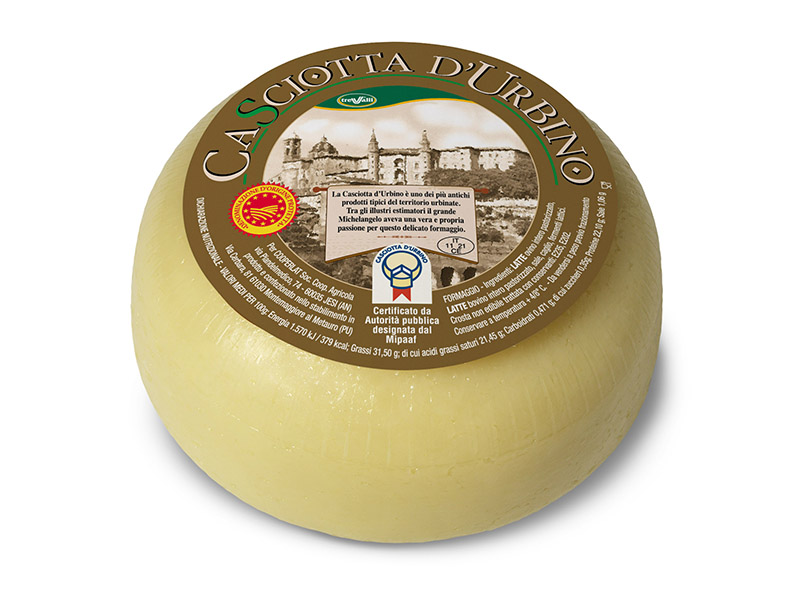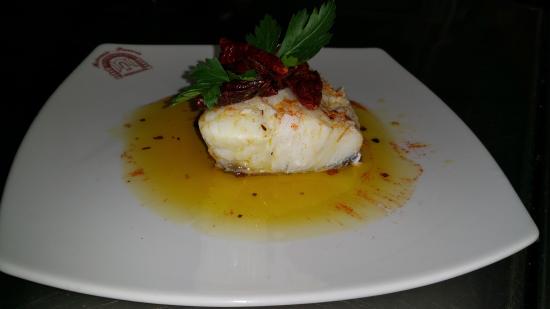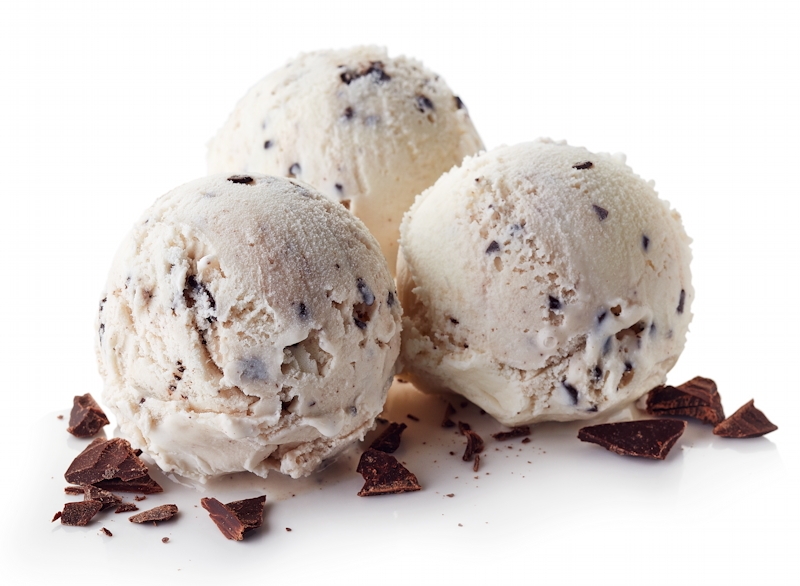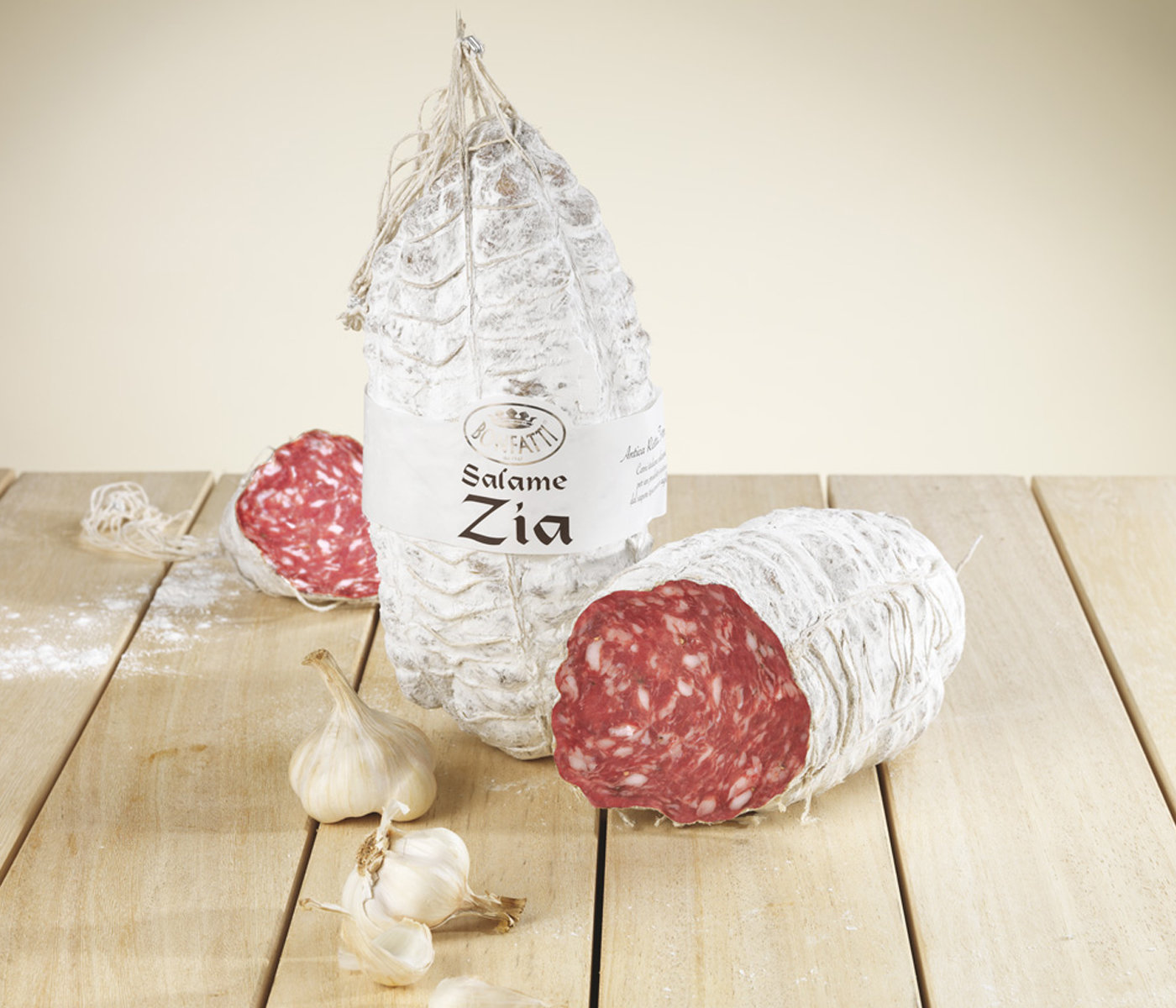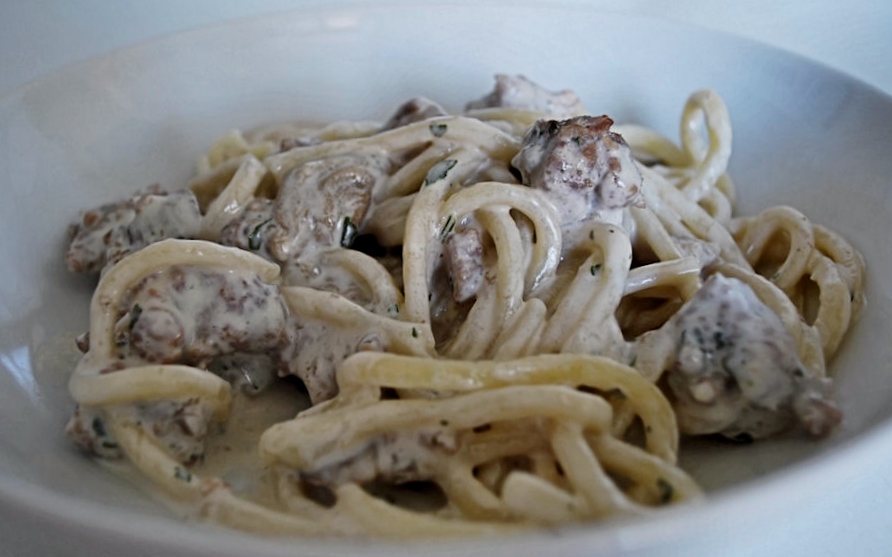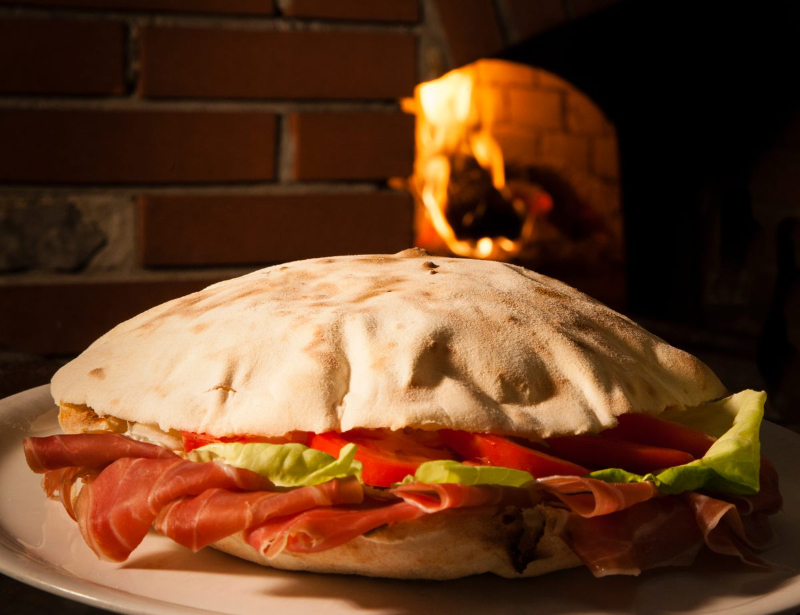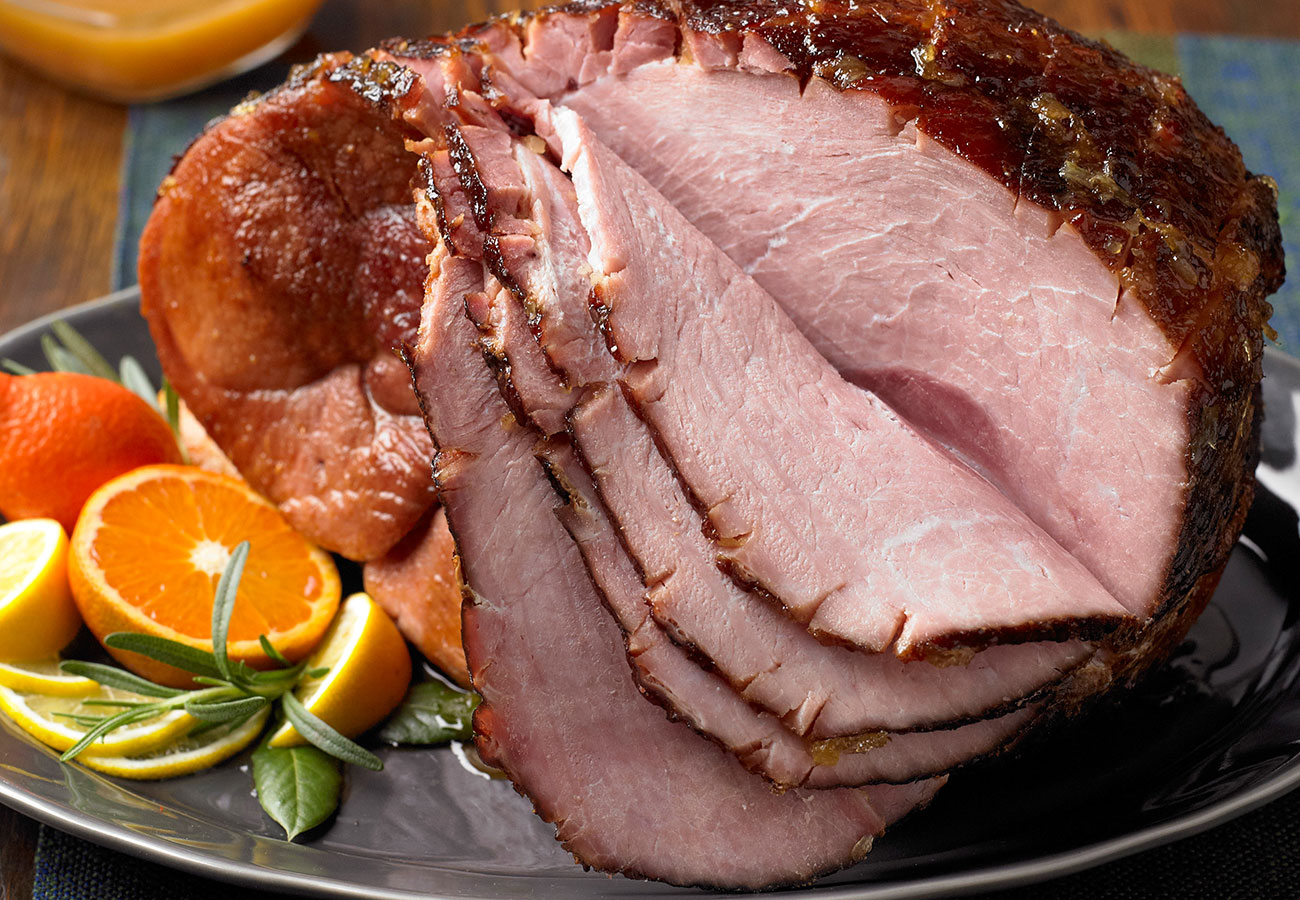The casciotta is a cheese made from whole sheep’s milk (70-80%) and cow’s milk (20-30%), from farms located in the province of Pesaro and Urbino (Marche) and in the territories of Novafeltria, San Leo and Sant’Agata Feltria, passed in 2009 under the province of Rimini (Emilia Romagna).
The Marche origins of the product are also evoked by the term cascio contained in its name, a regional variant for cacio. Casciotta was already a speciality in the 15th century, at the time of the Dukes of Montefeltro and Della Rovere. One of its most famous admirers seems to have been Michelangelo himself: tradition has it that he loved casciotta so much that he bought a series of estates in Urbania to be able to stock up on it at any time.
A characteristic feature of Casciotta d’Urbino DOP is the taste of mountain herbs and wild flowers that recall the areas where it is produced. With a semi-cooked, soft and crumbly texture, the forms of casciotta mature between 20 and 30 days after which they take on a straw-yellow color.
In the kitchen
When it comes to serving casciotta, simplicity reigns on the table. Try it with mountain bread, cured meats, ham and beans, but also with the typical "crescia sfogliata" of Urbino or Piadina Romagnola IGP, jams and thinly sliced green apples. Among the more elaborate dishes, the Consortium for the protection of Casciotta d’Urbino proposes tortellacci with Casciotta d’Urbino, artichokes and broad beans with a scent of wild fennel.
